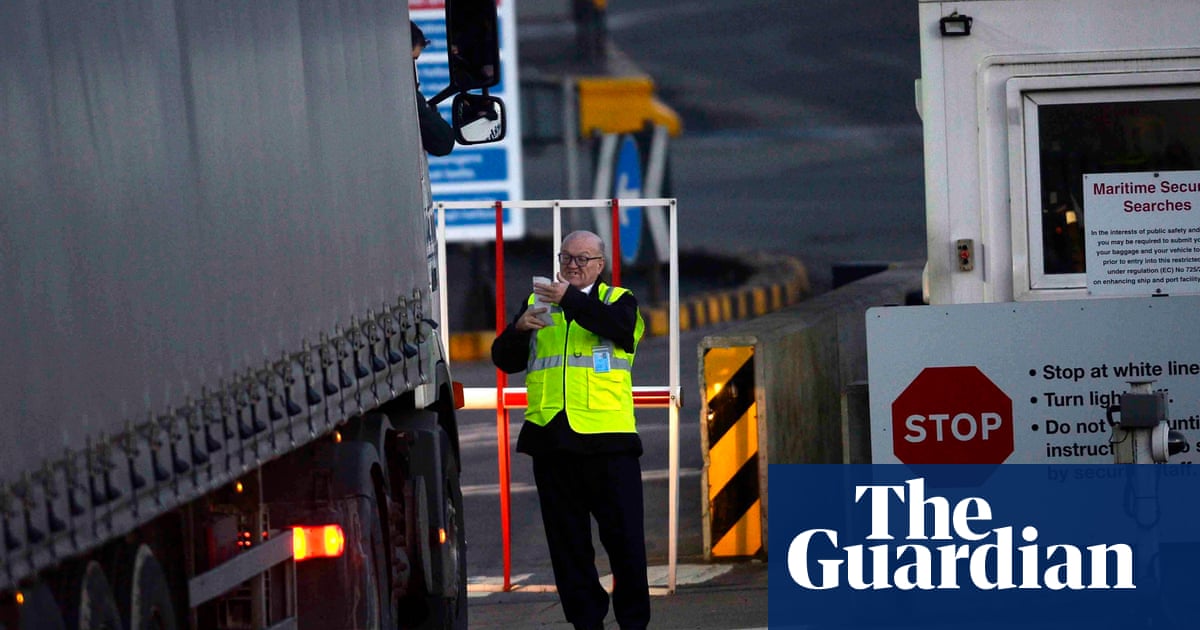
Climate conditions that reduce coffee yield have become more frequent over the past four decades, with rising temperatures from global heating likely to lead to “ongoing systemic shocks” to coffee production globally, new research suggests.
Researchers analysed the impacts of climate factors such as temperature, rainfall and humidity in the top 12 coffee-producing countries globally between 1980 and 2020.
The study, published in the journal PLOS Climate, found that the frequency of “climate hazards” – suboptimal growing conditions due to extremes such as high temperatures – had increased in every region during that period. Five of the six most hazardous years occurred between 2010 and 2020.
The optimal growing temperatures for the two major coffee varieties, arabica and robusta, are 18 to 22C and 22 to 28C.
The researchers found that between 1980 and 2020, growing regions were more prone to experiencing too-cold temperatures. “The current climate, however, is characterised by too-hot conditions in every region,” they found, adding that “the vast majority of coffee regions never experience too-cold growing season temperatures”.
The study’s lead author, Dr Doug Richardson, who completed the research while at the CSIRO, said the shift from cool and wet to hot and dry conditions “we’re pretty confident is a result of climate change”.
The researchers wrote: “With climate change projections showing a continued rise in temperatures in the tropics is likely, we suggest that coffee production can expect ongoing systemic shocks.”
“As with other crops, a systemic risk to the global coffee trade is posed by synchronised crop failures,” they added.
Previous research has shown the amount of land suitable for coffee cultivation globally could halve by 2050 due to climate change.
Richardson said: “If you have a shock to the supply of coffee in any given year, if there isn’t enough coffee stored from previous years, then you could expect the price to increase.”
The researchers also analysed the impacts of six different climate drivers on coffee production, including the El Niño-Southern Oscillation (Enso), the planet’s most significant year-to-year climate fluctuation.
“During El Niño events, we see a greater chance of conditions being too hot or too dry, and it’s roughly the reverse for La Niña,” Richardson said.
Though El Niño has global effects, it seems to have less of an impact in southern Brazil, the world’s largest grower for arabica beans. “It’s fortunate that it’s less affected by Enso,” Richardson said. “What we hope is that during El Niño events, suppliers from southern Brazil might be able to offset reductions [in crop] elsewhere.”
The researchers found: “Major arabica regions in the far southeast of Brazil and southwest Ethiopia are amongst the least susceptible regions to climate hazards.”
The 12 top coffee growers account for about 90% of global production. These include Brazil, Peru and Mexico in the Americas; Uganda and Ethiopia in Africa; and Vietnam and Indonesia in south-east Asia.












